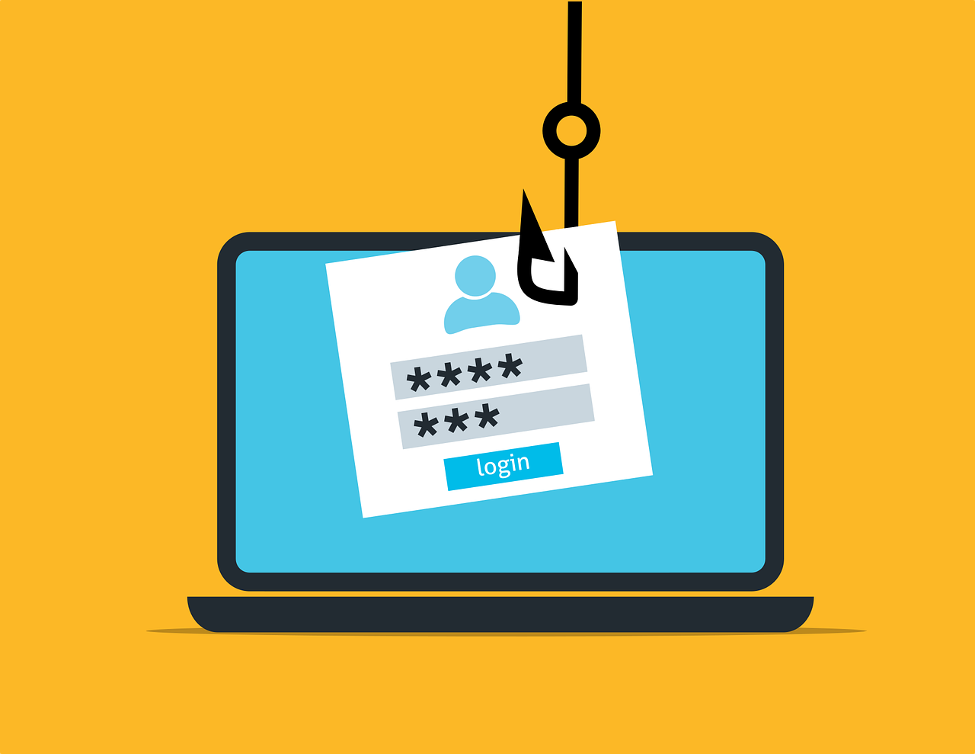Table of Contents

SurfWisely Synopsis
Why does this matter to me?
Parents — Our kids are spending more and more time online, and there are more and more dangers out there that can potentially affect them, too. Phishing scams can lead to loss of personal information, identity theft, password hacks, malware, and more. Luckily, they can be easily avoided by learning their characteristics early on.
Principals and School Administrators — It’s your job to keep kids safe, and your school’s budget wants you to keep devices protected, too. One easy way to improve school safety for kids, computers, and tablets is to implement training on phishing scams. If your kids don’t click on malicious links or advertisements, problems like the loss of personal information, school cybersecurity threats, and malware can be stopped in their tracks.
Tech Teachers — You know all about the dangers of phishing scams, but how can you share this information with students on top of your already-full curriculum. Jump down to the bottom paragraph of this post and reach out to SurfWisely for a cybersecurity program that’s as simple as it is fun.
More About Teaching Students to Spot Phishing Scams
There are plenty of cybersecurity scams on the internet today, but phishing scams are often the most difficult to spot. Why? Because they look like they’re coming from real companies, and they play on our emotions with real-life concerns (credit card hacks, private information vulnerabilities, social networking concerns, etc.). It’s important for our students to be trained to spot them in their tracks, so they don’t end up being used as bait in cybersecurity attacks.
What Are Phishing Scams?
Phishing scams are emails that come from hackers with security risks inside. They look like they are being sent by real companies at first glance. For example, you could get a message from Netflix that states your password needs updating. It has the company’s logo, but other aspects seem off.
The emails typically include links, and once you reach their site, they ask you to enter personal information like phone numbers, credit cards, passwords, social security numbers, and more. They can also lead to malware and other cyber threats on your device.
If you enter this information, a cyber attack will begin. You could have something as small as a password hacked, or something as large as identity theft.
Aspects of Phishing Scam Emails to Look Out For
Spotting phishing scams can be tricky, as common sense isn’t enough to stop them. By spotting the following characteristics, however, your students will be able to avoid them every time.
- Mentions of suspicious online activity, update requirements, or other concerns
- Claims of problems with your account
- Requests for authentication on a mobile device or confirmation of private information
- Demands for privacy setting changes
- Password change requests for social media accounts
- Offers or deals that seem “too good to be true”
Each of these requests will include a link to click on. Be sure not to follow it, as it won’t go to the site the email is supposedly from. It’ll go to the hacker instead, and they’ll have the chance to keep any sensitive information you provide.
Some signs emails are from cybercriminals and not actual companies include:
- Logos that are similar, but not exactly the same as the ones you’ve seen before (pixelated, outdated, etc.)
- Sender addresses other than the actual company’s email
- Generic openings that do not include your name (“Hi, loyal customer” or “Dear friend”)
If you’re not sure if an email is a phishing scam, it’s a good idea to reach out to the supposed company. That way, they can tell you if the message was legitimate or if it’s something you need to avoid.
Share these tips with your students to build cyber safety knowledge and start their avoidance of phishing emails today. Feel free to let our team at SurfWisely know if you’d like additional support in teaching cybersecurity for kids, too. Our gamified, educational app is the perfect tool to keep kids safe, teaching internet safety topics in a simple, effective, and easy-to-implement way.





